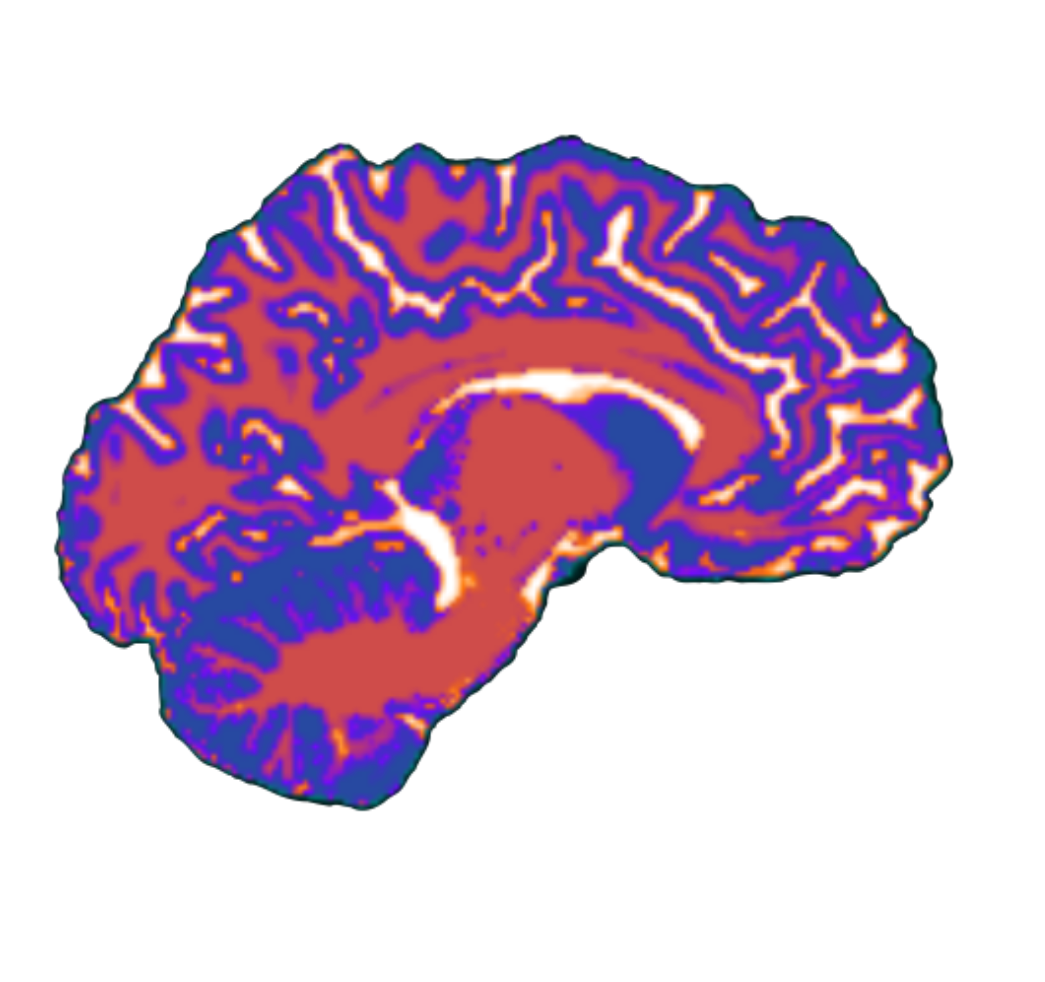Inter Clinician Reliability of Clinical Assessments
Background
- We live in a time where mental health disorders rank as the top contributors to the global burden of disease, and the age groups affected by these disorders are skewing increasingly younger.
- We also know that despite the availability of many clinical assessments, the diagnosis of mental health illnesses is imperfect, varying substantially across clinical practitioners
Research Question
- What is the inter-clinician reliability of standard diagnostic assessments?
- In other words, if 10 clinicians use the same clinical questionnaire to diagnose a child/adolescent with a mental health disorder, how reliable is that diagnosis?
Method
- Perform a literature review to identify the inter-clinician reliability of a set of commonly used questionnaires available here
- These questionnaires are administered as part of the Healthy Brain Network Initiative launched by the Child Mind Institute
Overview of Questionnaires
The Child Mind Institute has launched the Healthy Brain Network, an ongoing initiative focused on creating and sharing a biobank comprised of data from 10,000 New York City area children and adolescents (ages 5-21).
Population: ages 5-21, children who likely have one or more psychiatric symptoms
Data collected:
- MRI + fMRI: movies (~10 min), predictive eye estimation regression - 3444 participants
- Diagnostic Assessment
- Physical activity
- Behavioral measures (questionnaires)
- Family structures (stress, trauma)
- Substance use/addiction
- Cognition and language tasks
- Disorder-specific questionnaires
- Electroencephalography
- Digital Voice and Video Recordings
- Genetics
- Actigraphy
- Cognitive Tasks (e.g., sequence learning), naturalistic stimuli
- Eyetracking: pupil dilation and eye position

Results
- What criteria/metrics are used to assess reliability?
- Are certain questionnaires more reliable than others?
- Why are certain questionnaires more/less reliable than others?
Conclusion
- What inference can we make about diagnostic assessment based on the results of this review?
